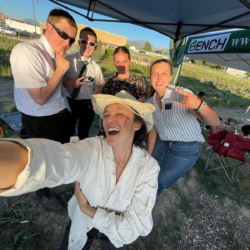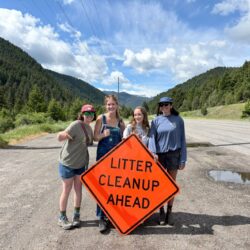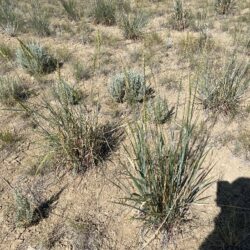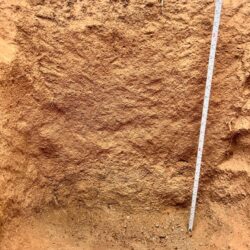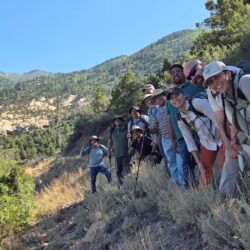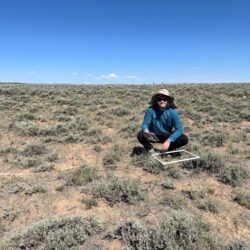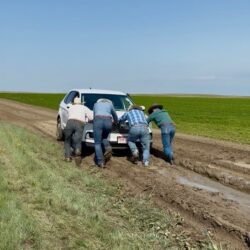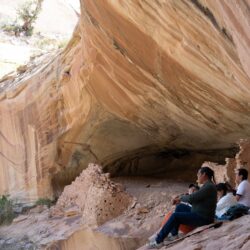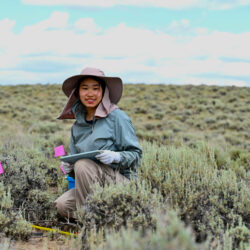Ecosystems of Reform: Comparing Water Reallocation Strategies in the Western US and South Africa – Alaina Geibig
At the edge of the Atlantic, the blackened sea gave way to sandstone remnants of an ancient river valley floor, now suspended impossibly in the sky. These were the same Table Mountain monuments I saw twelve hours before. With boarding pass in hand, passengers filed down the metal jet bridge fashioned with askew glossy photos of dream destinations, including (most appropriately) Cape Town. South Africa greeted me with golden Read more about Ecosystems of Reform: Comparing Water Reallocation Strategies in the Western US and South Africa – Alaina Geibig[…]


